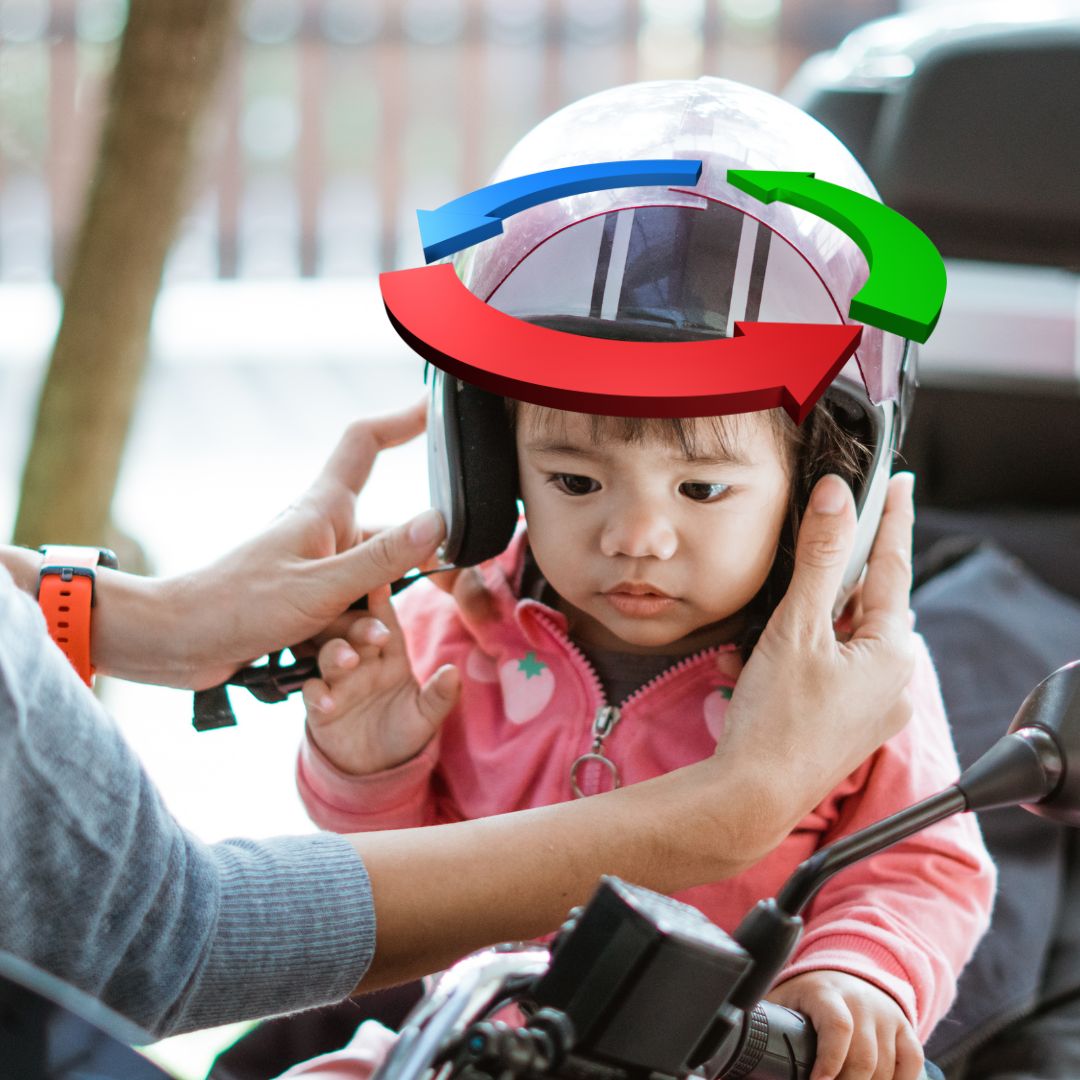
Updated: 9.5.25
Have you ever thought about what makes a ride not just thrilling—but safe?
It’s not just about speed or terrain—it’s about stopping smartly and smoothly.
Mastering braking is essential for safety, confidence, and trail enjoyment. Today, we’ll break down the top quad bike braking techniques every rider should know.
1. Know Your Brake System
Your brake system includes pads, discs (rotors), and fluid. Knowing these parts empowers you to maintain your quad, detect issues early, and brake effectively.
Being informed means better control, safer stops, and longer-lasting components.
2. Hand Positioning
Grip your brake lever like you’re holding a bird—firm but gentle. This balance prevents sudden jerks and gives you smooth, responsive braking.
3. Gradual Braking
Apply pressure slowly. Sudden stops = loss of traction and control. Ease into braking to keep your ride stable.
4. Brake Modulation
Adjust pressure based on terrain and speed. Modulation keeps you agile across descents and loose surfaces—like adjusting your volume to fit the vibe.
5. Shift Your Weight
Move your weight back when braking, especially during emergency stops. This prevents forward tipping and boosts stability.
6. Adapt to Terrain
- Gravel: Gentle braking, weight centered, avoid wheel lock-up.
- Mud: Use rear brake more, avoid hard stops.
- Rocky hills: Emphasize rear brake, shift weight back.
- Sand: Brake gradually with both brakes, avoid fishtailing.
- Wet surfaces: Brake early and lightly, avoid abrupt pressure.
7. Emergency Stops
- Stay calm: Focused minds make smart moves.
- Use both brakes: Balanced pressure is key.
- Lean back: Helps prevent flipping.
- Practice: Train in safe areas to prepare.
- Scan ahead: Anticipate hazards before they surprise you.
- Wear protection: Safety gear is your backup plan.
8. Maintain Your Brakes
Brake pads wear, fluid ages, parts loosen—regular checks are crucial. Maintenance ensures your quad stops when you need it to.
9. Anticipate Stopping Distance
- Speed: More speed = exponentially more stopping time.
- Terrain: Know how surfaces affect traction.
- Weight: Extra load means longer stops.
Practice and plan to improve your reaction time and foresight.
10. Lead by Example
Teach young riders through action. Demonstrate, explain, and practice safe braking together—it builds skills and trust.
Final Thoughts
Ride safe, stay sharp, and don’t forget—stopping well is just as thrilling as going fast.
Get in Touch 🚀
Enjoyed our guide on 10 ESSENTIAL Techniques for Proper Quad Bike Braking? There’s more where that came from!
Parents, grandparents, riders of all sizes—we’re here for your questions! 🚗💨
Visit RiiRoo.com or try our Live Chat anytime!





Share:
The Importance Of Body Position In Quad Biking
Pro Tips to Master Quad Bike Cornering